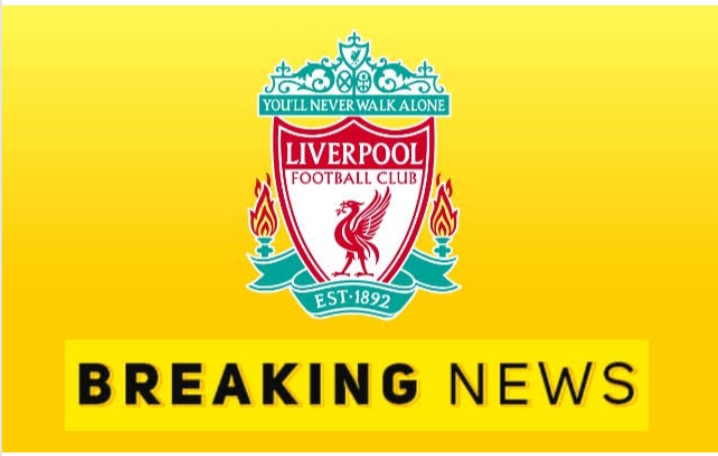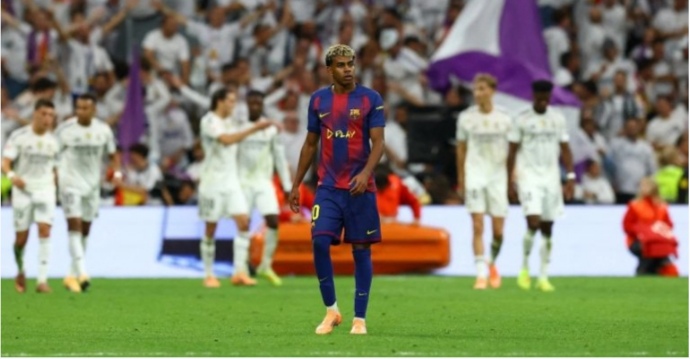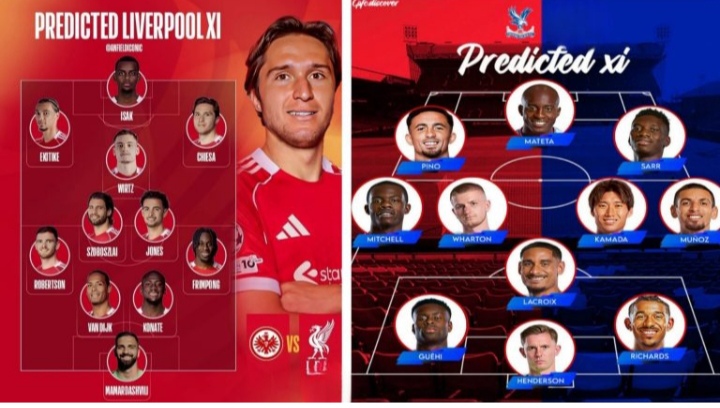Liverpool’s Midfield Rebuild and the New Reality of Football Transfers
The modern transfer market has become a high-stakes arena defined by record fees, soaring agent demands, and fierce competition among Europe’s elite. Few clubs illustrate these challenges more clearly than Liverpool, whose recent pursuit of midfield reinforcements shows the balancing act between ambition, financial sustainability, and tactical evolution.
The Bellingham Effect
The rise of Jude Bellingham encapsulates the new economics of football. Within a few years, he went from Birmingham City prospect to a €120m-plus superstar — a valuation driven by age, talent, and commercial appeal. For Liverpool, chasing such a player posed a fundamental dilemma: spend the bulk of resources on a single transformational signing, or pivot to a broader rebuild addressing multiple areas of need.
Liverpool chose the latter. While some supporters saw this as a lack of ambition, the decision reflected strategic prudence. In modern football, the financial impact of a mega-signing goes far beyond the fee — wages, bonuses, and ripple effects across the squad must all be considered.
A Smarter Approach to Recruitment
Liverpool’s history shows both sides of high-stakes investment. Van Dijk and Alisson justified their record price tags by powering the Reds to Champions League and Premier League glory. But other expensive signings failed to deliver.
This time, the club has spread resources across multiple targets, seeking diverse midfield profiles rather than a single marquee name. From creative options like Mason Mount to physical, box-to-box players such as Ryan Gravenberch or Teun Koopmeiners, the aim is tactical variety, squad depth, and internal competition.
International options like Nicolò Barella and Luka Sučić show Liverpool’s willingness to blend proven experience with long-term potential. The cooling of interest in others, such as Matheus Nunes, highlights the fluid nature of recruitment — plans shift as players, markets, and tactical needs evolve.
Klopp’s Tactical Demands
Jürgen Klopp’s system has evolved, but the demands on midfielders remain immense: pressing intensity, positional discipline, technical security, and increasingly, creative output in attack. The old midfield trio that thrived on energy and balance must now be replaced by players who can both disrupt and create.
Versatility is key. Modern midfielders must adapt to different roles within the same system, from shielding the defence to arriving in the box. This makes recruitment more complex — Liverpool need not just talent, but tactical intelligence and resilience.
Structural and Strategic Factors
Liverpool’s recruitment is also shaped by off-field realities. The departure of sporting director Julian Ward means adjustments in leadership and philosophy. Data-driven scouting, a hallmark of recent successes, continues to play a central role, but alignment between Klopp, executives, and owners remains crucial.
Financial sustainability is another pillar. Investments in Anfield’s expansion, player contracts, and infrastructure limit the scope for extravagant transfers. Add in the uncertainty of Champions League qualification, and the margin for error becomes even smaller.
Meanwhile, the academy pipeline provides depth and reduces pressure to overspend. Graduates who integrate successfully not only save money but also reinforce Liverpool’s identity and culture.
Competing in a Ruthless Market
Liverpool’s main rivals, from Manchester City with their unmatched resources to Real Madrid with their prestige, intensify the challenge. Winning transfer battles often comes down to timing, relationship-building, and offering players a clear development pathway.
Supporter expectations complicate matters. Missing out on star names can be seen as weakness, yet long-term sustainability often requires restraint. Communication — showing the bigger picture while staying competitive — is vital in maintaining trust.
Conclusion
Liverpool’s transfer policy illustrates the new reality of football economics. Marquee signings like Bellingham capture headlines, but a smarter, diversified rebuild may better serve the club’s tactical and financial needs.
This summer represents more than a midfield refresh — it’s a test of Liverpool’s ability to balance ambition with sustainability in an era of unprecedented transfer inflation.








